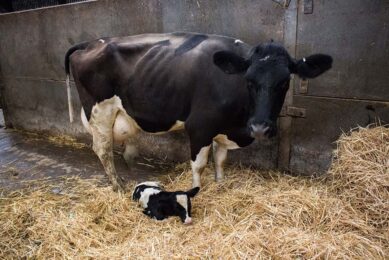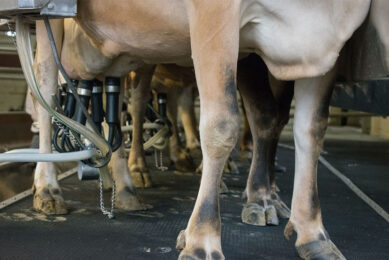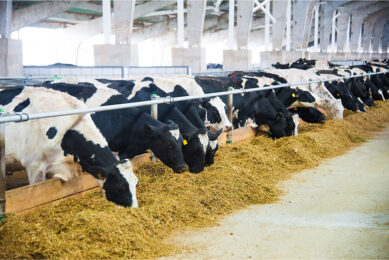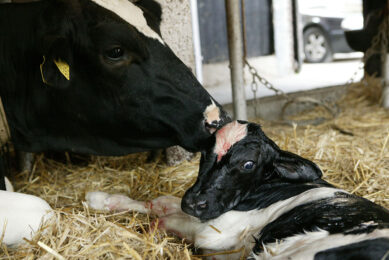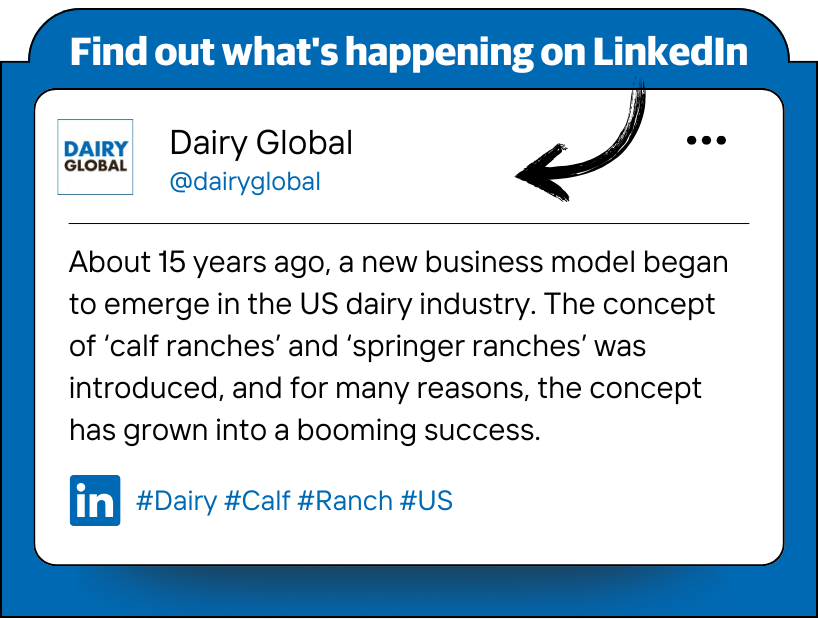Boosting reproduction and milk yield in transition cows
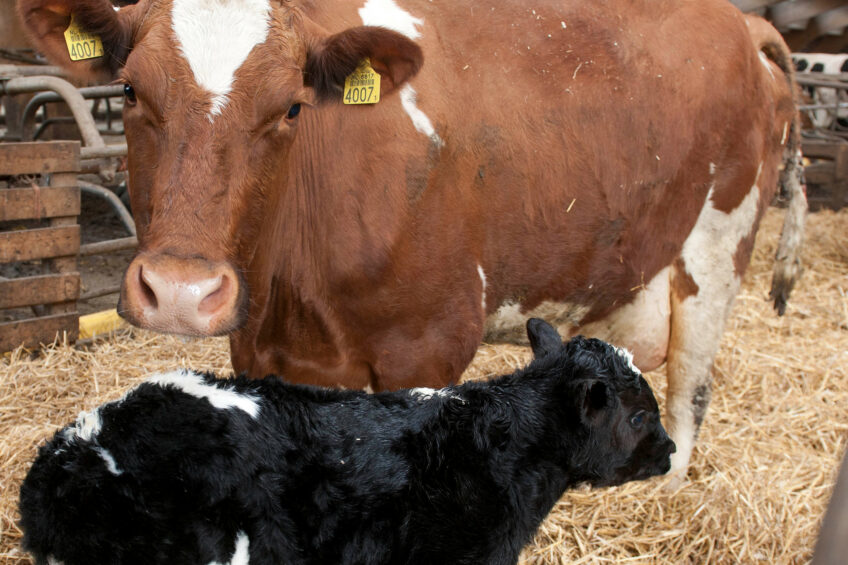
The periparturient period is accompanied by various changes in the endocrine and immune system, which increase the incidence of metabolic and production-related diseases in dairy cows.
There is, therefore, a need for short and long-term strategies to improve the health, milk production and reproductive performance of dairy cows during this critical period.
Nutritional strategies
The periparturient period is a time of high demand, during which a shortage of vital nutrients needed for production and body maintenance can disrupt homeostasis. As a result, providing the nutritional needs of transitioning cows is a short-term strategy to improve dairy cow health and decrease the incidence of herd diseases.
The recommended transition diet on a dry matter basis through the periparturient period includes 0.36% neutral detergent fibre, 25-35% physically effective neutral detergent fibre, 14-16% crude protein, 18-22% starch, 4-5% fat, 3,200 IU/g vitamin A, 30 IU/g vitamin E, 0.4-0.6% calcium, 0.25-0.4% phosphorus, 0.45% magnesium, 3 mg/kg selenium, 15 mg/kg copper, 0.11 mg/kg cobalt, 48 mg/kg zinc, 15 mg/kg manganese, 0.6 mg.kg iodine, and 100-120 MJ energy. Supplementary feeding during the periparturient period is termed as ‘lead feeding’.
It is recommended to provide a normal diet of pasture and hay, supplemented with lead feed, in extensive systems to manage the transition cow. Supplementary feeding at the onset of the periparturient period leads to gradual rumen adaptation and improved functionality. It also minimises macro-mineral deficiencies and lipid mobilisation, provides the energy and protein needed for the developing fetus during gestation and for colostrum production during lactation, helps maintain dry matter intake, and decreases immunosuppression.
Factors including adequate feeding space per cow, accurate aging of foetuses, good record keeping and accurate estimation of feed formulation components affect the success of a lead feeding programme.
Genetic selection strategies
Genetic selection strategies are comprised of breeding for disease resistance, breeding for health, production, and reproduction traits, and application of weighted selection indices that incorporate survival and longevity traits.
The development of marker-assisted selection and the generation of genomic breeding values for traits of interest are essential tools in genetic analysis. However, it is necessary to use large and appropriate reference populations to increase the accuracy of genomic prediction. Although breeding for resistance to specific diseases will continue to be important where such diseases result in significant costs to industry, it should be considered that breeding for single disease resistance has the potential to increase susceptibility to other diseases.
Evaluating the immune competence phenotype of dairy cows and including selection for general immune responsiveness in breeding programmes for dairy cattle improves general disease resistance of dairy herds. Furthermore, adding stress responsiveness traits and temperament traits to breeding and selection programmes is a beneficial strategy to increase the ability to cope with the environmental challenges and reduce disease incidence during periparturient period.
Conclusion
Targeted management practices are essential during the periparturient period. Lead feeding is a short-term strategy that maintains optimal cow health by focusing on nutritional needs of transitioning cows. In addition, genetic selection of cows with improved production and reproduction traits and enhanced resilience to cope with the environmental challenges is a long-term strategy to decrease the incidence of diseases in intensive dairy industry.
References are available upon request.



